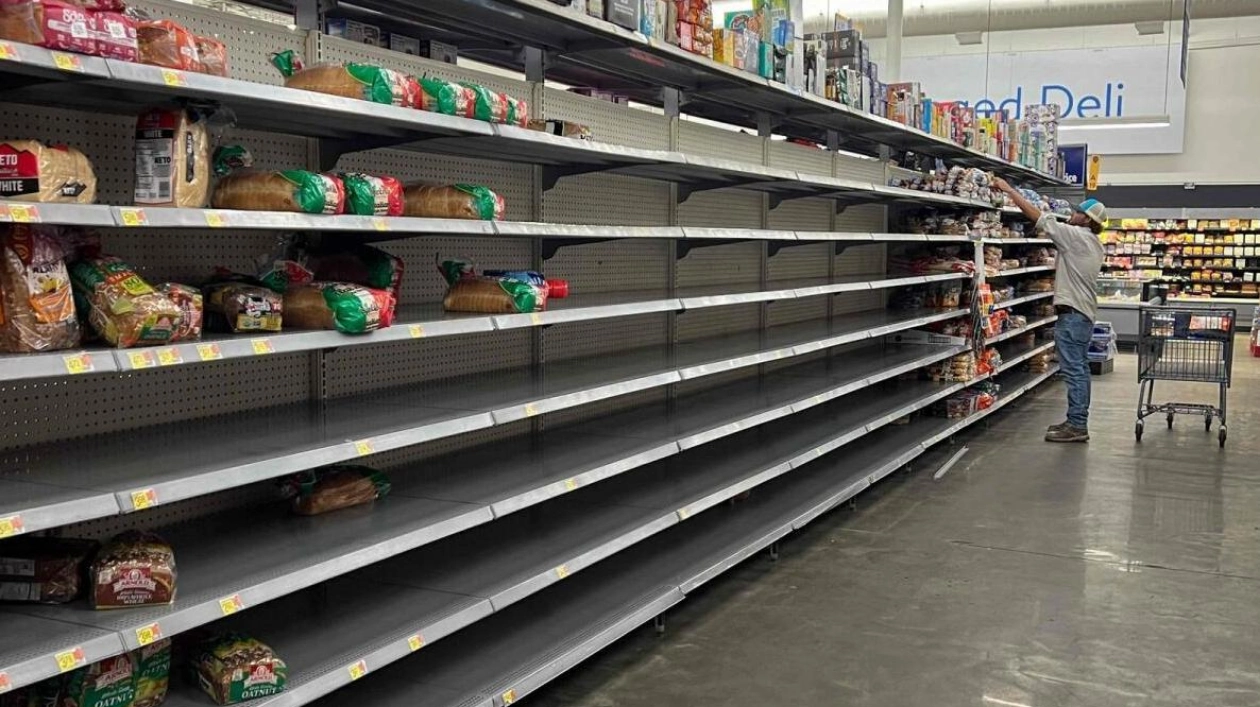Hurricane Debby is anticipated to strike the Big Bend region of Florida's Gulf Coast by midday Monday, then move slowly across the state, potentially causing hazardous storm surges and catastrophic flooding, according to the National Hurricane Center (NHC).
As of 11 p.m. EDT Sunday, the hurricane had sustained winds of 75 mph, intensifying from a slow-moving tropical storm fueled by warm Gulf waters. The NHC predicts life-threatening conditions, including storm surges reaching up to 10 feet in some areas.
Moving northward, the storm is expected to bring 'potentially historic rainfall' of 10 to 20 inches, leading to catastrophic flooding in Georgia and South Carolina. Local areas could experience up to 30 inches of rain by Friday morning.
Jamie Rhome, the deputy director of the NHC, emphasized the storm's slow progression, which could result in over 20 inches of rainfall and catastrophic flooding. Debby shares characteristics with Hurricane Harvey, which in 2017 caused extensive flooding in Texas, resulting in over 100 deaths and $125 billion in damages.
Florida Governor Ron DeSantis has activated 3,000 National Guard troops and declared emergencies in most cities and counties, with mandatory evacuations ordered in several Gulf Coast counties. The governors of Georgia and South Carolina have also declared states of emergency in anticipation of the storm.
Debby, which became a tropical storm late Saturday after moving north from Cuba, is currently about 100 miles west of Tampa, moving at 12 mph with sustained winds of 75 mph. The NHC expects Debby to cross the eastern Gulf of Mexico and reach the Florida Big Bend coast by midday Monday, then move slowly through northern Florida and southern Georgia.
Although the storm is expected to weaken after landfall, it will continue to bring heavy rain across central Florida and into the Atlantic coast, before moving up to Savannah, Georgia, and Charleston, South Carolina, this week.
Storm surges are forecast for areas from Bonita Beach to Tampa Bay, potentially causing significant inland flooding and damage. The last hurricane to directly impact the Big Bend region was Hurricane Idalia in August 2023, which caused an estimated $3.5 billion in damages.






